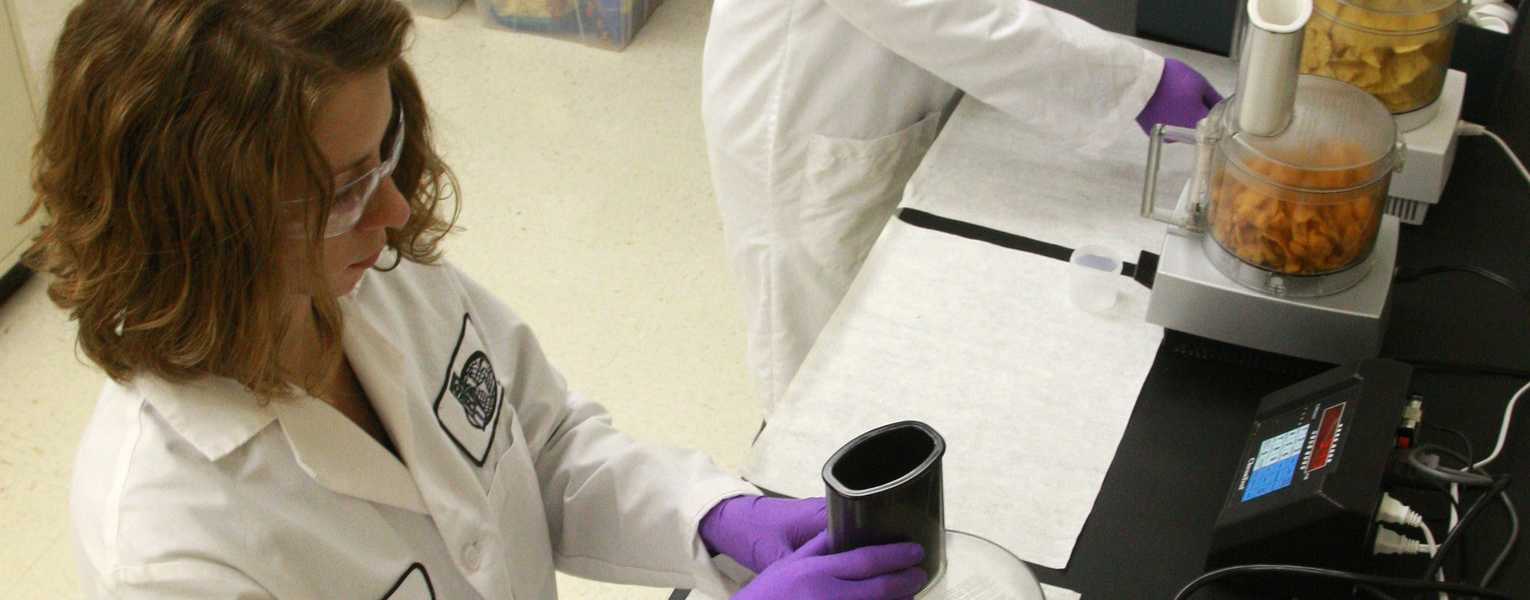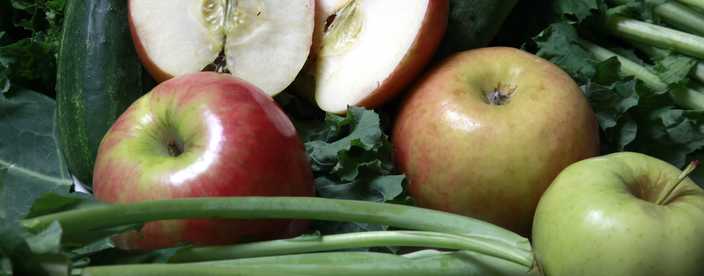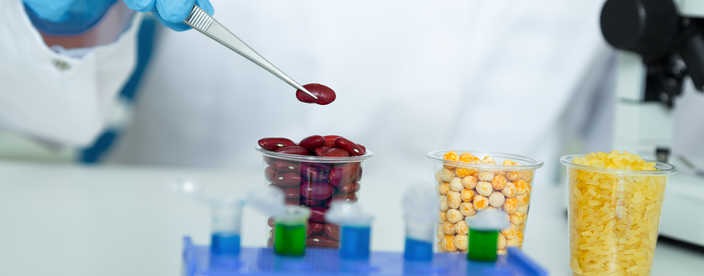
Our food chemistry lab has implemented dispersive solid-phase extraction techniques, which allow for sample extraction and interferent cleanup in fewer steps, using less solvent, to analyze samples more quickly while reducing laboratory costs and waste. Other improvements in food chemical analyses include using mass spectroscopy (MS) to detect targeted compounds. Former screening methods used gas chromatography (GC) coupled with electron capture detection (ECD), nitrogen phosphorus detection (NPD), flame photometric detection (FPD), flame ionization detection (FID), or liquid chromatography (LC) coupled with ultraviolet detection (UV) and/or fluorescence detection. A positive detection by either GC or LC required confirmation using a dissimilar technique to positively report a finding. The use of GC/MS or LC tandem MS (LC/MS/MS) provides detection, identification, and confirmation of the compound in a single run. This allows for more timely reporting of data to clients.
The chemical analytical labs have also responded to emerging food issues, such as the discovery of a potential cancer-causing compound, acrylamide, in baked and fried foods. In 2002, a group of Swedish scientists unexpectedly detected acrylamide in many baked, fried, and roasted foods. This was alarming because acrylamide is a suspected carcinogen, and the levels that the scientists found in these foods far exceeded limits set for public drinking water supplies. Interestingly, the scientists noted that acrylamide was rarely seen in boiled or raw foods.
Food regulatory agencies worldwide searched for the cause of this phenomenon. It was later shown that acrylamide was actually being produced during the cooking process through a chemical reaction, known as the Maillard reaction, which occurs when foods are browned. Essentially, the reaction takes place when an amino acid and a reducing sugar are exposed to high temperatures. Acrylamide was being formed through a reaction between the amino acid asparagine, which is naturally present in many starchy foods, and glucose or fructose as the reducing sugar.
Food manufacturers concerned with the levels of acrylamide in their products contracted the SwRI food laboratory chemists to monitor the levels of acrylamide in their products, along with the levels of the amino acids and sugars that combine to produce it. The lab, in turn, streamlined its standard sample preparation techniques to provide faster throughput to accommodate the simultaneous demands of greater volume and shorter turnaround times. The lab incorporated extraction and cleanup procedures that require fewer steps. The result was a "cleaner" sample extract, which aids in identifying the compound and also reduces the time needed for analytical instrument maintenance. Once processed, the samples are analyzed using GC/MS or LC/MS/MS techniques. The lab today processes from several hundred to several thousand samples per week, and it reports analysis data to clients within days of receiving the sample.


